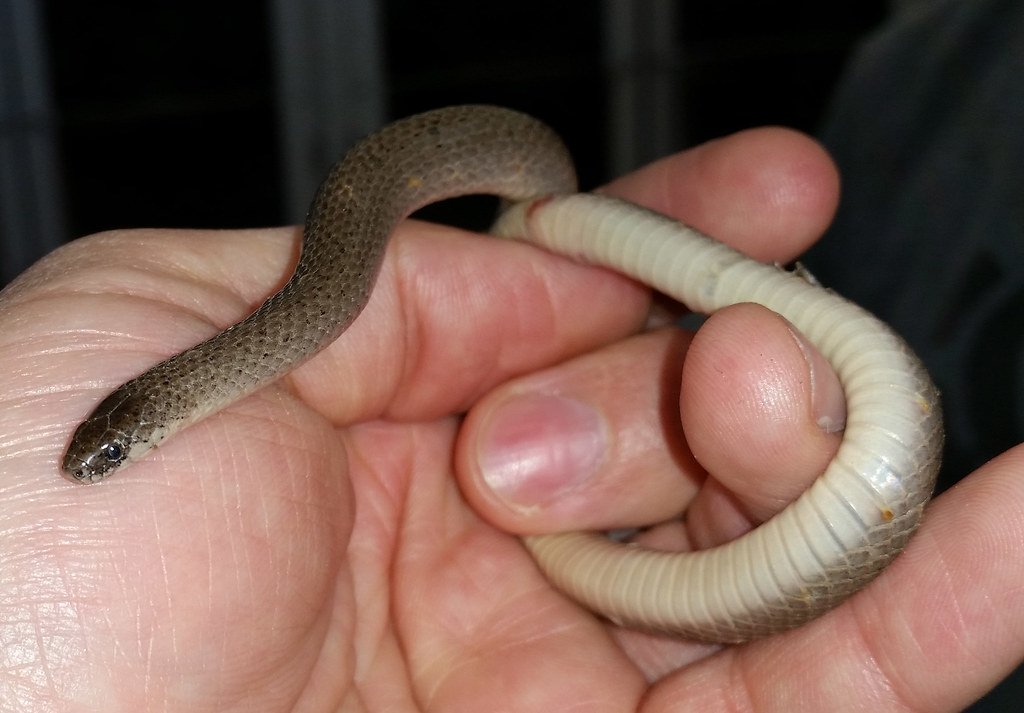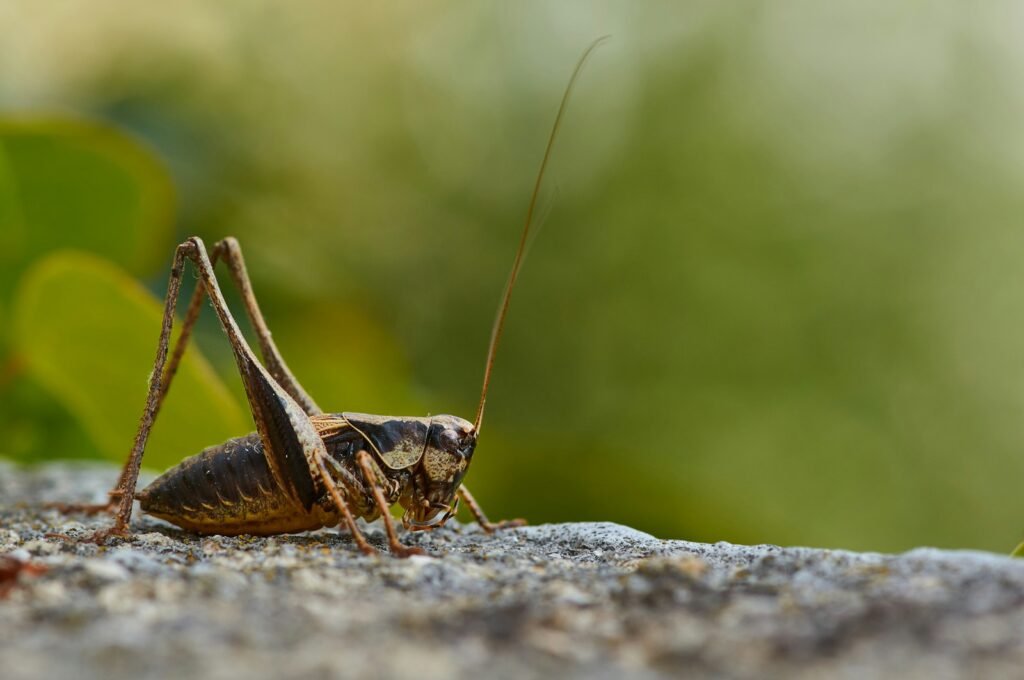Have you ever wondered what it would be like to sleep while soaring through the sky? For the majestic albatross, this isn’t just a fantasy—it’s a reality. These remarkable birds have mastered the art of napping mid-flight, a skill that has fascinated scientists and bird enthusiasts alike. Imagine gliding over vast ocean expanses, wings outstretched, while taking a refreshing nap. It’s an awe-inspiring feat that seems almost magical. But how do they do it? Let’s dive into the world of albatrosses and explore the secrets behind their aerial slumber.
The Majestic Albatross: A Bird Like No Other
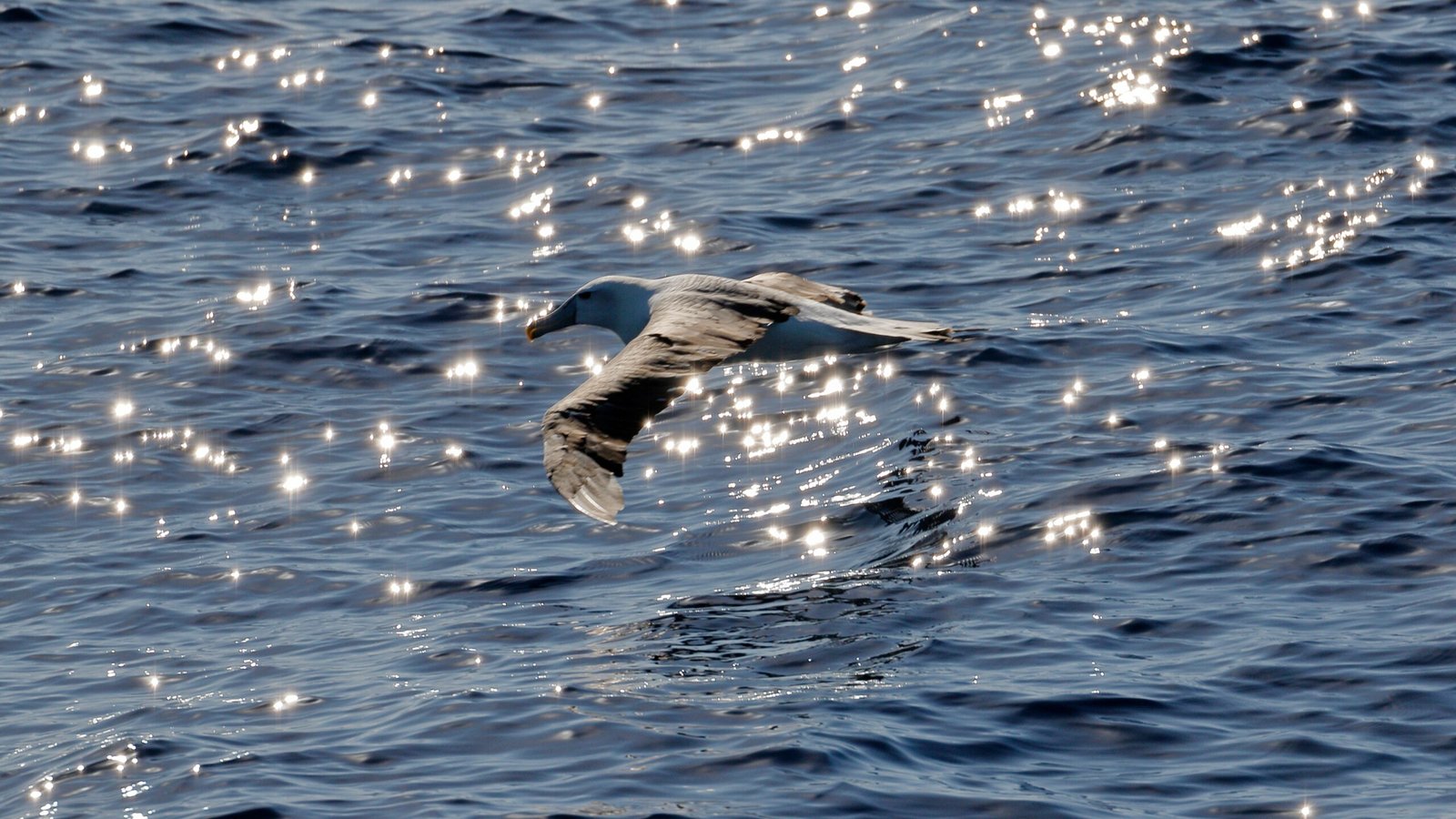
Albatrosses are among the most captivating seabirds, known for their incredible wingspan and graceful flight. These birds can have a wingspan of up to 11 feet, making them one of the largest flying birds on the planet. Their long, slender wings are perfectly adapted for gliding over the ocean, allowing them to travel thousands of miles without flapping. This ability to cover vast distances with minimal energy expenditure is key to their survival, as they often forage for food far from land. The albatross’s unique lifestyle and adaptations make it a subject of fascination for both scientists and birdwatchers.
Understanding the Need for Mid-Air Naps
Why would a bird need to sleep while flying? The answer lies in the albatross’s long-distance journeys across the ocean. These birds spend months at sea, searching for food and sometimes flying continuously for days on end. The need for rest is as crucial for them as it is for us, but stopping to sleep on the ocean’s surface isn’t always safe or practical. By napping while flying, albatrosses can maintain their energy levels and stay alert to potential threats. It’s a survival strategy that allows them to thrive in their challenging environment.
The Science Behind Aerial Sleep

The mechanics of how albatrosses sleep in flight are a topic of intense scientific interest. Research has shown that albatrosses can engage in a form of unihemispheric slow-wave sleep. This means that one half of their brain remains awake and alert, while the other half rests. This ability allows them to keep one eye open and maintain control over their flight path, even while napping. It’s a remarkable adaptation that ensures they can rest without compromising their safety or navigation.
Comparing Albatross Sleep to Human Sleep
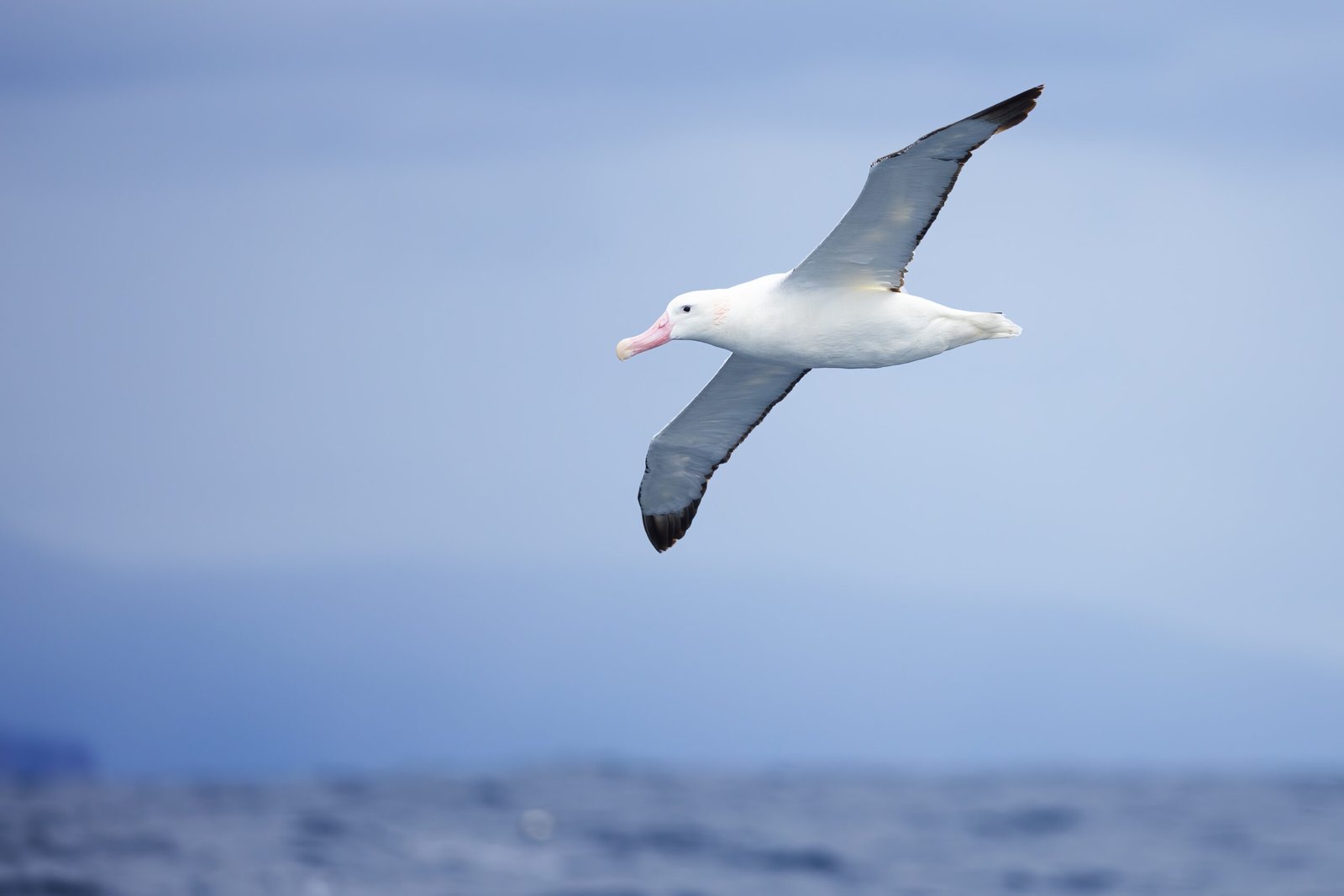
While it might sound like a superpower, unihemispheric sleep isn’t entirely unique to albatrosses. Some marine mammals and other bird species also exhibit this behavior. However, for humans, the idea of sleeping with only half the brain seems foreign. Our sleep involves both hemispheres of the brain shutting down, leading to a complete break from consciousness. This difference highlights the incredible diversity of sleep strategies in the animal kingdom and underscores the albatross’s unique adaptations to its environment.
The Role of Wind Patterns in Albatross Flight

Wind patterns play a crucial role in the albatross’s ability to nap while flying. These birds are experts at exploiting wind currents to aid their flight, using a technique known as dynamic soaring. By gliding along the boundaries between air layers of different speeds, albatrosses can maintain altitude and momentum with minimal effort. This technique not only conserves energy but also allows them to take brief naps without losing altitude or direction. It’s a brilliant example of nature’s ingenuity in action.
The Impact of Sleep on Albatross Health
Just like humans, albatrosses need adequate rest to maintain their health and well-being. Sleep plays a vital role in various physiological processes, including immune function and cognitive performance. For albatrosses, the ability to nap while flying ensures they can meet their rest requirements without compromising their long-distance journeys. This adaptation is crucial for their survival, as it allows them to stay healthy and alert while navigating the vast oceanic expanses.
Challenges and Threats to Albatross Populations
Despite their incredible adaptations, albatrosses face numerous threats in the modern world. Habitat destruction, climate change, and bycatch in fishing operations pose significant challenges to their survival. These factors can disrupt their natural behaviors, including their ability to find food and rest. Conservation efforts are essential to protect these magnificent birds and ensure they continue to thrive. By understanding the challenges they face, we can work towards preserving their habitats and supporting their populations.
Conservation Efforts for Albatrosses
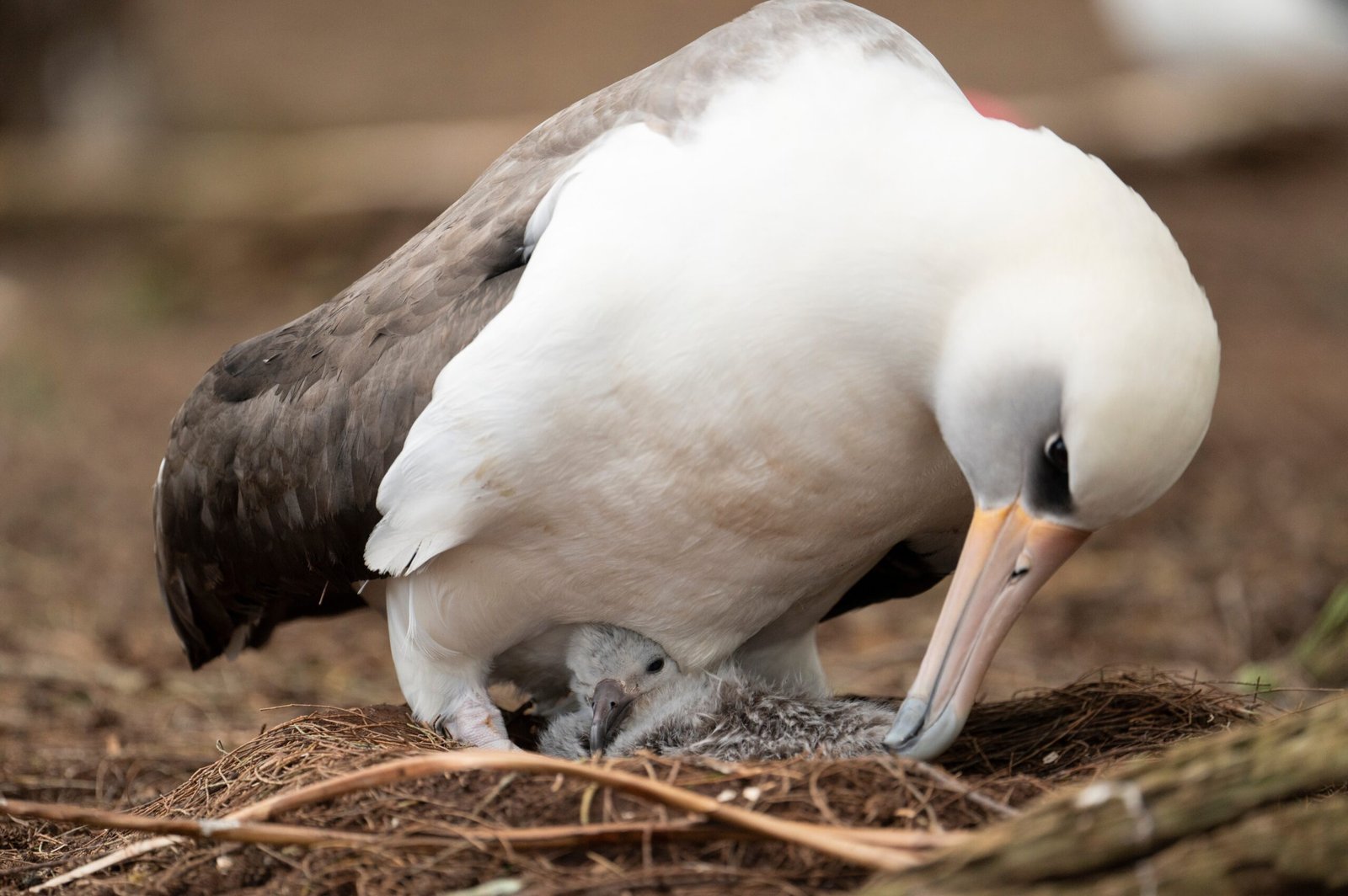
Numerous organizations are dedicated to the conservation of albatrosses and their habitats. Efforts include implementing sustainable fishing practices, protecting nesting sites, and raising awareness about the threats these birds face. Collaborative initiatives between governments, NGOs, and local communities are crucial in ensuring the survival of albatross populations. By supporting these efforts, we can contribute to the preservation of these remarkable birds and the ecosystems they inhabit.
The Fascination with Albatrosses in Popular Culture
Albatrosses have long captured the human imagination, appearing in literature, art, and folklore. Their ability to glide effortlessly over the ocean has inspired countless stories and poems, symbolizing freedom and the mysteries of the sea. The albatross’s unique adaptations and behaviors continue to intrigue and inspire people worldwide, fostering a deeper appreciation for the natural world and its wonders.
Reflecting on the Wonders of Nature
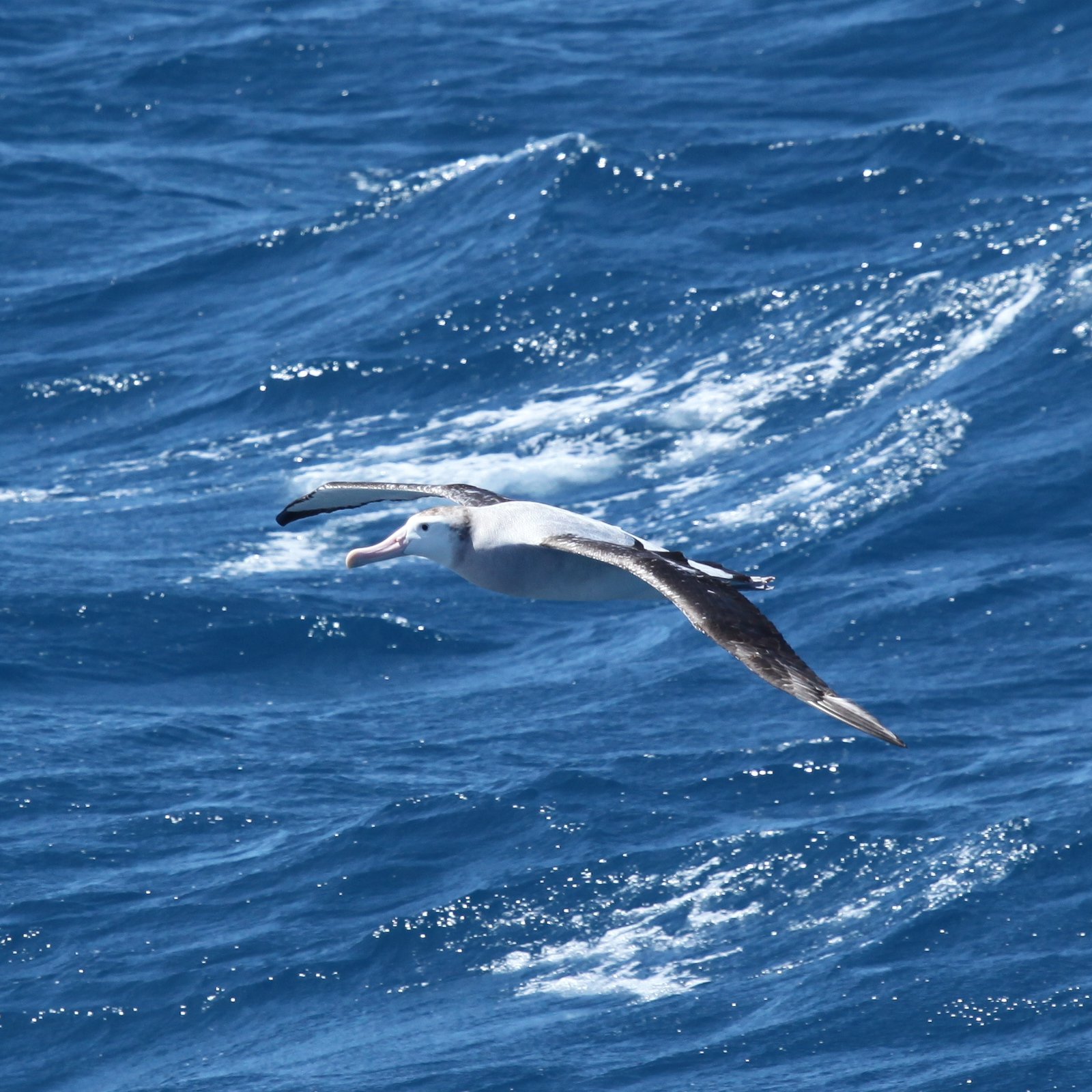
The albatross’s ability to nap while flying is a testament to the wonders of nature and the incredible adaptations that have evolved over time. These birds remind us of the complexity and beauty of the natural world, encouraging us to explore and protect it. As we learn more about albatrosses and their unique behaviors, we gain valuable insights into the interconnectedness of life on Earth. What other secrets might nature hold, waiting for us to discover?

